Termites
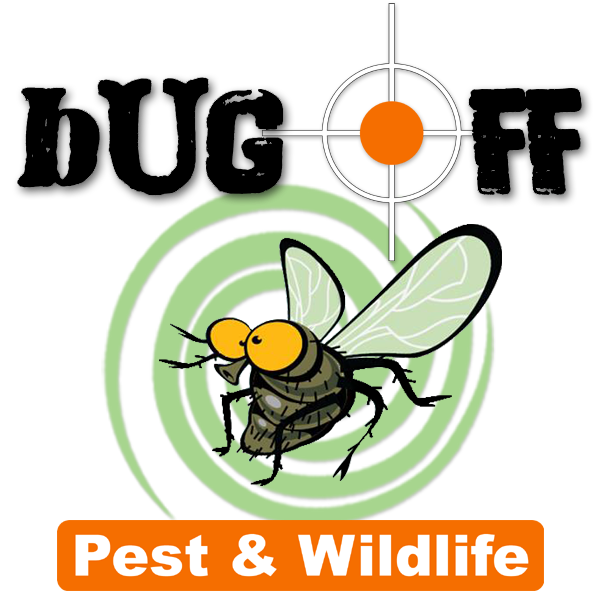
Serving the Hill Country Area Since 2009
Typical Termite Mud Tubes
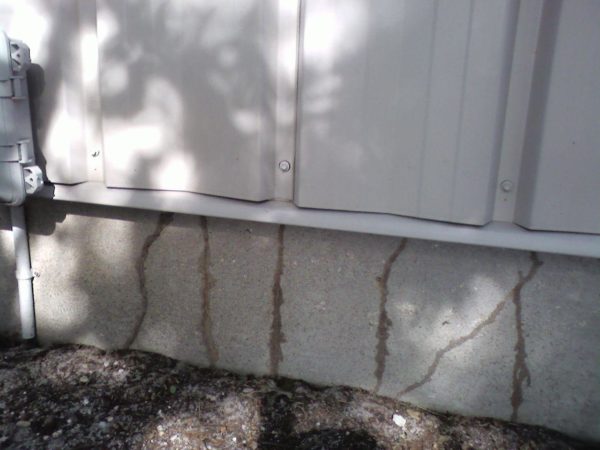
Active Termite Infestation
For an active infestation, we typically suggest getting a Pest Control Service Company to do the work for Subterranean (Ground) termites. There are many factors, particularly the home's construction (slab or basement) that affect the treatment method. If you are determined to treat an active termite infestation call us before you start.
Termite Prevention
Treating to prevent termites is typically less error prone for the average homeowner than treating an active infestation. There are professional termiticides and termite bait systems available to assist with the treatment process.
Drywood Termite Precaution (Coastal Southeastern United States and Coastal Western United States)
The majority of drywood termite cases need assistance from a trained professional. Doing your own termite work (i.e. applying chemicals for termites) is not for everyone.
Signs of Termite Infestation
The following list indicates common signs of a subterranean termite infestation. It is recommended that you have your house thoroughly inspected by a pest control professional trained to detect the sometimes subtle signs of termites.
- The presence of mud-like material that lines the galleries in an irregular pattern.
- Termites may excavate the wood so that only a very thin layer of wood is left on the surface of the cavity and the outside. When this layer is broken; they will cover the holes with mud like material, used to make the tubes. This is a mixture of soil, feces, and saliva.
- Swarmers: The appearance of a swarm of what you would call "flying ants", especially near light sources indicates a nest may be near. A "swarm" is a group of adult male and female reproductives that leave their nest to establish a new colony. Swarming occurs when a colony reaches a certain size. Swarming is most common in the spring (March, April, May, and June) and occasionally autumn (September and October).
- Most swarmers emerge during the day, most frequently on warm days after rain. Swarmers found outdoors near tree stumps, railroad ties, etc., are not an indication that your house is infested but are present on the outside only. On the other hand, finding swarmers indoors often means that you have a termite infestation within your house. At first glance, swarmers and ants look similar, but can be distinguished by certain physical features.
- Mud Tunnels: Subterranean termites maintain their headquarters in the ground and build "mud tubes", pencil-size tunnels, connecting the nest to the food source (wood). The tunnels may contain broken mud particles with fecal materials. Mud tubes are proof of termite infestation, but their absence does not necessarily mean that a structure is free of termites. The insects may reach sills and other wood members through cracks or voids in the foundation wall, under the outside stucco, or from earth-filled porches, steps, terraces, or patios. You can break open tubes to determine if termites are still active inside. Termites often rebuild damaged tubes which is another indication of continued activity. Old tubes are dry and will crumble easily.
- Piles of wings: The shed wings of swarmers indicate termites have entered their next phase of development.
- Live termites: Reproductive kings and queens are 1/2" long, winged and black or brown in color. Workers are sterile and usually hidden within infested wood. They are 1/4" long, wingless and white. However, the absence of finding live termites does not mean that they are not present in the structure.
- Buckling paint or tiny holes on the wood.
- Damaged wood: Wood may appear crushed at structural bearing points. Termite damaged wood resonates with a hollow sound when tapped with a hammer. Pick and probe the surface of an infested piece of wood with a pen knife and you will find tunnels running parallel to the wood's grain.
- Finding termites in a structure does not mean you have an immediate emergency because the rate at which damage occurs is relatively slow.
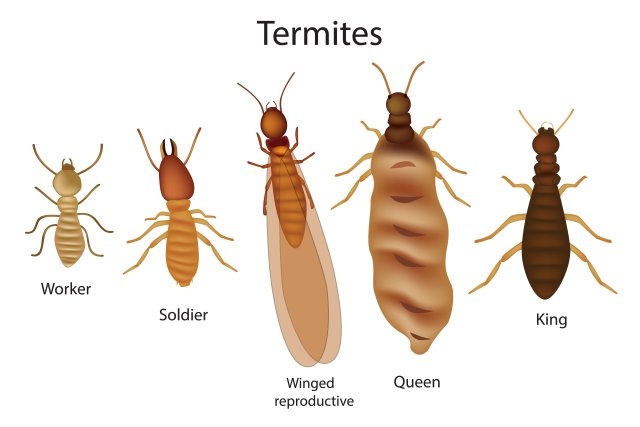
Foundational Treatments
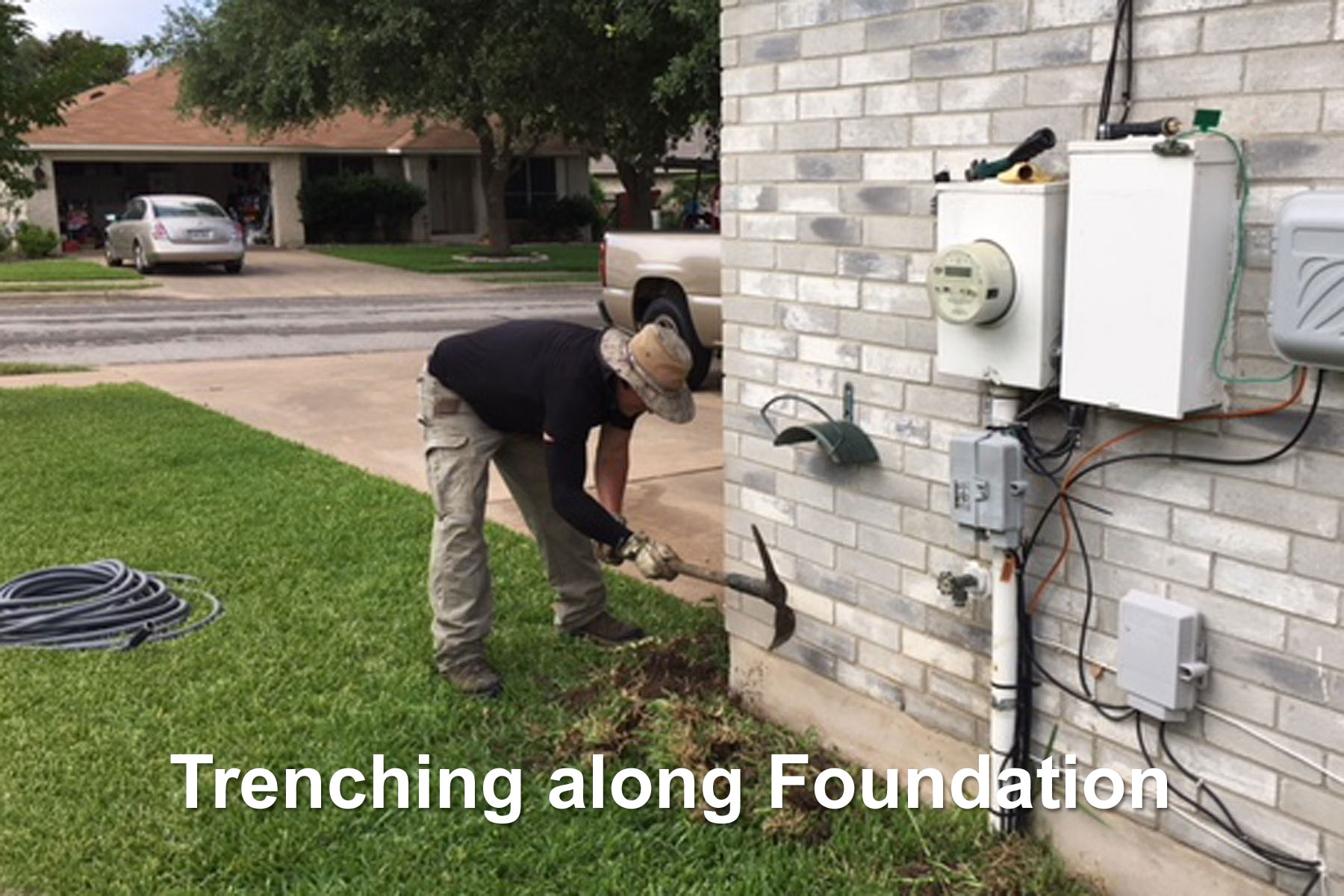
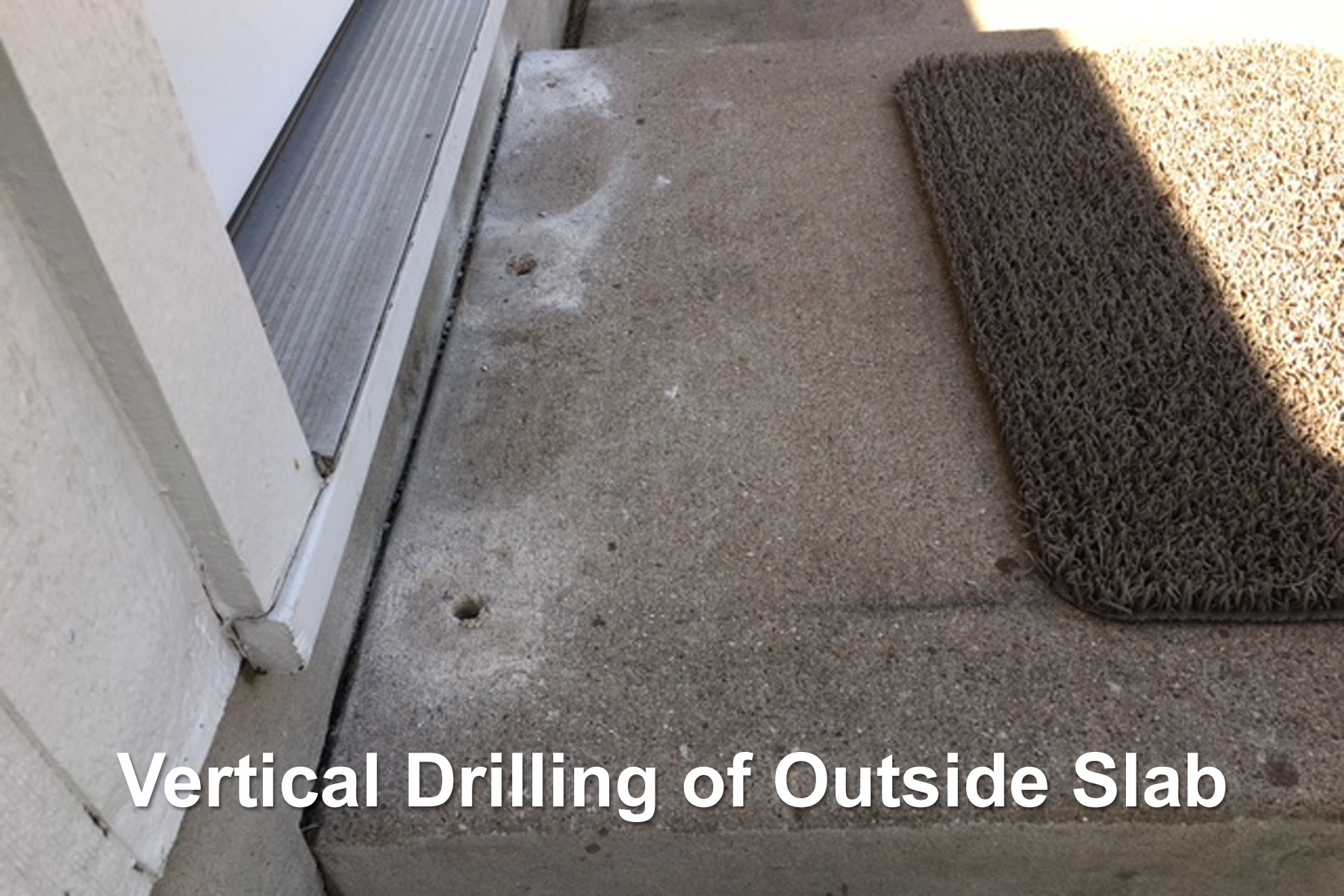

Foundational treatment is the application of termiticide to a foundation setting up a barrier against the termites. The objective is to place termiticide in all cracks at the footing as well as through the cracks in the foundation wall which may lead to the ground outside. Treating the inside of hollow concrete walls is an example of foundational treatment. The foundations are generally of three types: Slab, Basement, and Crawl space.
All three types of construction will require specialized treatment to form this chemical barrier. Treatment outside the structure may involve trenching and treating or rodding to treat the soil on the outside of the foundation, rodding beneath slabs, or vertical drilling and treating of outside slabs, stoops or porches. Treatments inside may involve trenching and treating the soil along foundation walls in crawl spaces, vertical drilling and treating slab foundations, rodding around bath traps and other utility openings, or treating wood directly.
Concrete Slab Construction: It is possible to trench around the outside of a slab after it has been poured, but this alone usually will not give satisfactory control because the termite colony may be entering the structure from the soil under the slab.
Homeowners are not equipped to treat under slabs after the slab foundation is completed. A professional pest control operator usually is needed to do subslab chemical injections.
Sources: BugOff Pest & Wildlife, LLLP, Do It Yourself Pest Control




